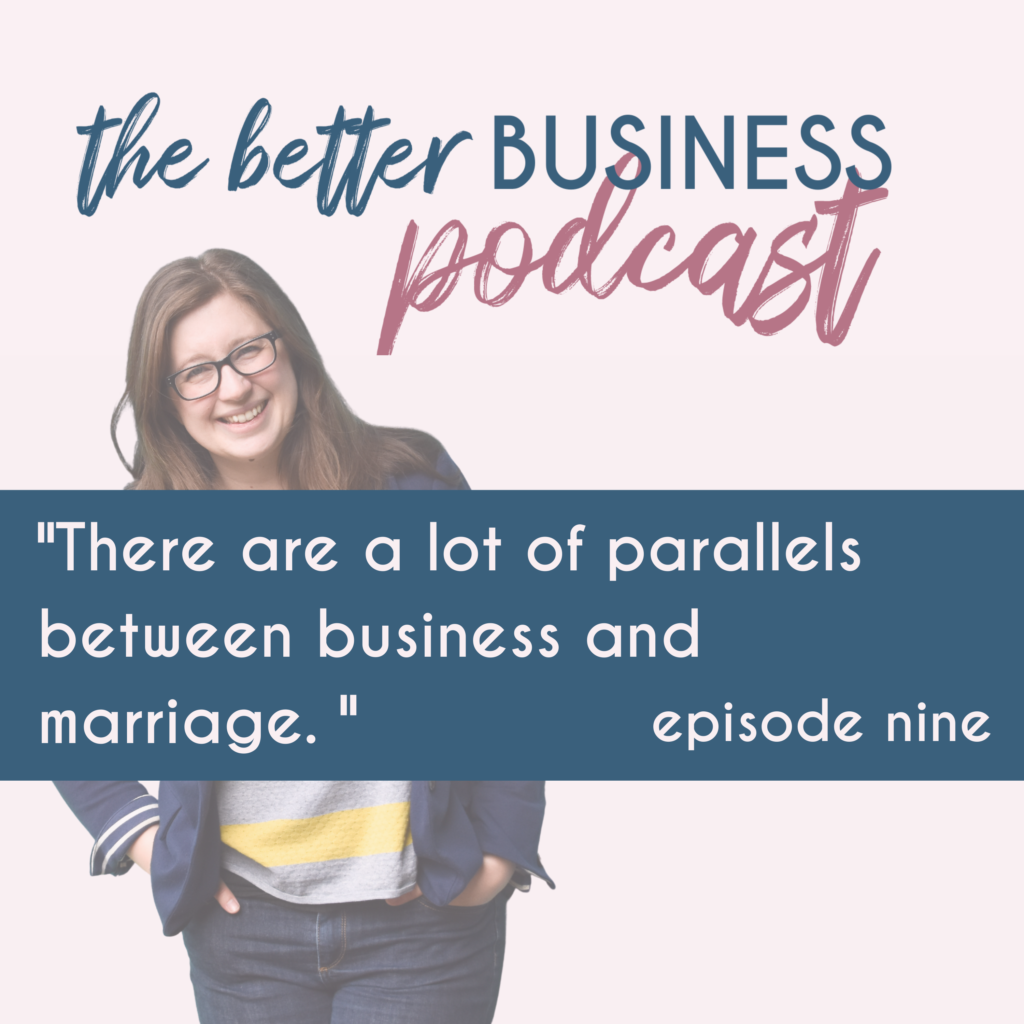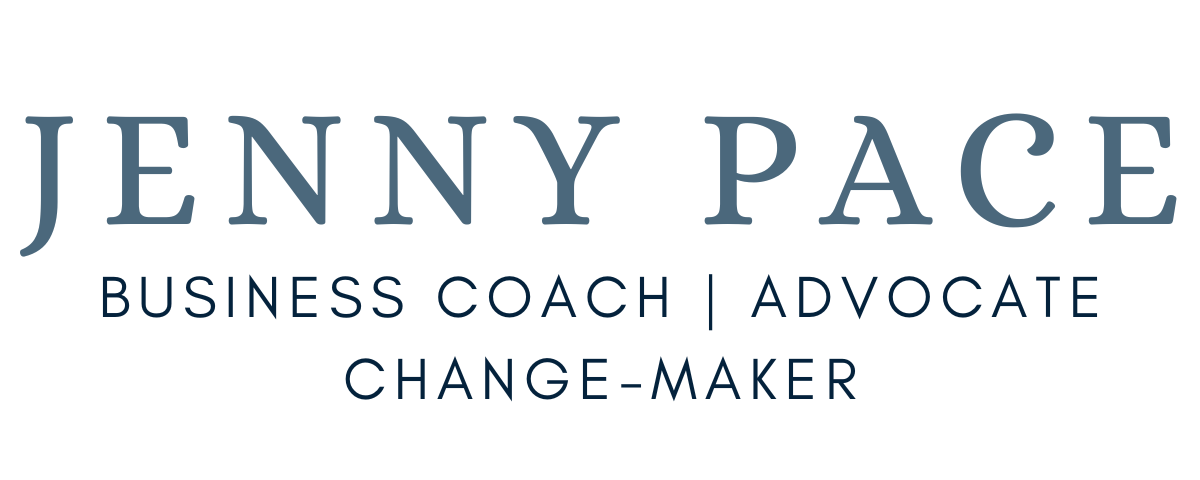
What if you don’t love your business right now?
Running a business isn’t always sunshine and rainbows. It can be tough, especially if you’re a one-woman-band solopreneur doing everything yourself. If you’re finding yourself in dark times in your business, questioning what needs to change – or if you even want to stay in business – I have some free coaching for you.
In a few weeks, I’ll be celebrating 7 years in business, and it’s made me feel a little nostalgic. I’ve been thinking about when I started, how things have developed, and key things I remember.
One thing I do remember is asking my audience if there’s anything they’d like me to blog about back in 2015, and the first request I got was: What if I don’t love my business anymore? Do you have any advice or resources for when you just don’t love it?
I didn’t. But I wrote a blog, and offered some food for thought.
It was an interesting question for me because, at that stage, I had zero first hand experience of it. I was still in the falling-in-love stage with my business – and it had been such an incredible start. I hadn’t yet had dark days, difficult decisions, or the relentlessness that can sometimes set in.
But my clients had.
In fact, I had plenty of experience coaching and mentoring clients out of their dark moments, even in those early years. These days, I find clients are more likely to do preventative business coaching, but the vast majority look for my help when they’re not 100% happy with the way things have been going.
Of course, every client and situation is different. There are plenty of things that can derail us, take us down a path we didn’t choose, and make us fall out of love with our business.
Now, with several years’ more experience – and my own dark days to have navigated through – I have an updated version of the blog I wrote back in 2015.
How to fall back in love with your business
There are a lot of parallels between marriage and business – the longevity, the ups and downs, the give and take, the partnership. So it makes sense that there might be seasons of your business where you’re kind of… meh, or struggling through a difficult patch.
If we follow this metaphor for a little bit, you and your business might need some counselling, or to double down on date nights, or just a weekend away together. You might need to have a serious chat about what is working and what isn’t. You might even need some time apart to get some perspective.
These options are all available, and I invite you to think about what that might look like for you – metaphorically and in reality.
Here are some of my observations as a business coach:
1. Regain your balance with the workload
Apparently, in marriage counselling, the most-talked-about gripe is the division of labour, and I see that in my work with business owners, too. There is a LOT of work that goes into business, and in small business it often lands on one set of shoulders: yours.
So if you’re not feeling the love in your business right now, it might be time to review your workload. What do you hate doing? What’s draining you and your business? What can you just not do anymore, and what can you delegate?
Here are some ideas:
- Customer service – hire a VA to deal with customer enquiries. You CAN train them up, even if it means telling them what to say for the first month or so. But this can really shift your energy. Equally, if you’re answering the same questions over and over again, it might be time to create some FAQs for your website.
- Product listings – again, find someone who can do this for you so that you can focus on the things you love.
- Bookkeeping, stock takes, managing your social media accounts – all these are things you can get support with through VAs, online business managers, freelancers and more.
- Automate – as well as finding humans to help you, you can find technology! Stop doing things manually when you can automate them. If you find yourself copying and pasting basically anything regularly, you can probably automate that.
- Book a photographer – yes, photoshoots can be expensive. But they are also a huge time and energy drain! Unless you love doing them and have a great set up, I encourage you to find a photographer you can send this to.
Don’t let boring and tiresome tasks be the death of your business – and your creative passion. Get support and find ways to move forward.
2. Do what you actually love – and get paid for it
If your heart sinks when an order comes in for a particular product (or even all your products), you either need to put the price up or stop selling it.
When your products are priced too low, it’s easy to be filled with dread spending time making and/or packing the order. You’re working really hard, but you know it’s not really going to make a difference to your levels of success.
This is the time to put up your prices.
I’ve said it before and I’ll say it again: about 80% of new clients need to put their prices up by at least 20%.
Don’t overthink it, just put your prices up. (And go ahead and get on the waitlist for my updated Pricing for Profit course.)
Of course, there are some products that fill you with MEH, no matter how much you’re charging. That means it’s time to stop selling them. You might need to take some time to create something else that feels amazing – but don’t take too long over this. You could find that retiring your products is as easy as the click of a button.
Top tip: consider creating products that are more scalable, or even add in some passive income to your business.
3. Create more work-life balance
With less on your plate and more products (or services) that you actually love, you may need to create more work-life balance.
- Take some time off
- Give yourself a start time and an end time
- Go down to a 4 day week
- Stop multitasking
- Book creativity into your diary
And of course there’s always the option to pivot completely
If making tweaks to your current business isn’t going to cut it (and you might like to play with that first), then there’s always the option to change your business, or even opt out of being your own boss altogether.
Sound like you? Here are some questions to reflect on:
- What isn’t working for you right now?
- What kind of business model are you drawn to?
- What’s your true and current vision of success?
- What are you inspired by creatively?
- How would you like your work-life balance to look?
No matter what happens, I know that you are not served by staying in a business (or marriage) that’s no longer working. There are PLENTY of other options available to you.
Make sure you explore, reflect, and dig deep into how you could fall in love with what you do.
Loved this episode? I’d love to hear! Pop a comment below, rate in your favourite app, or DM me on IG: @thejennypace


